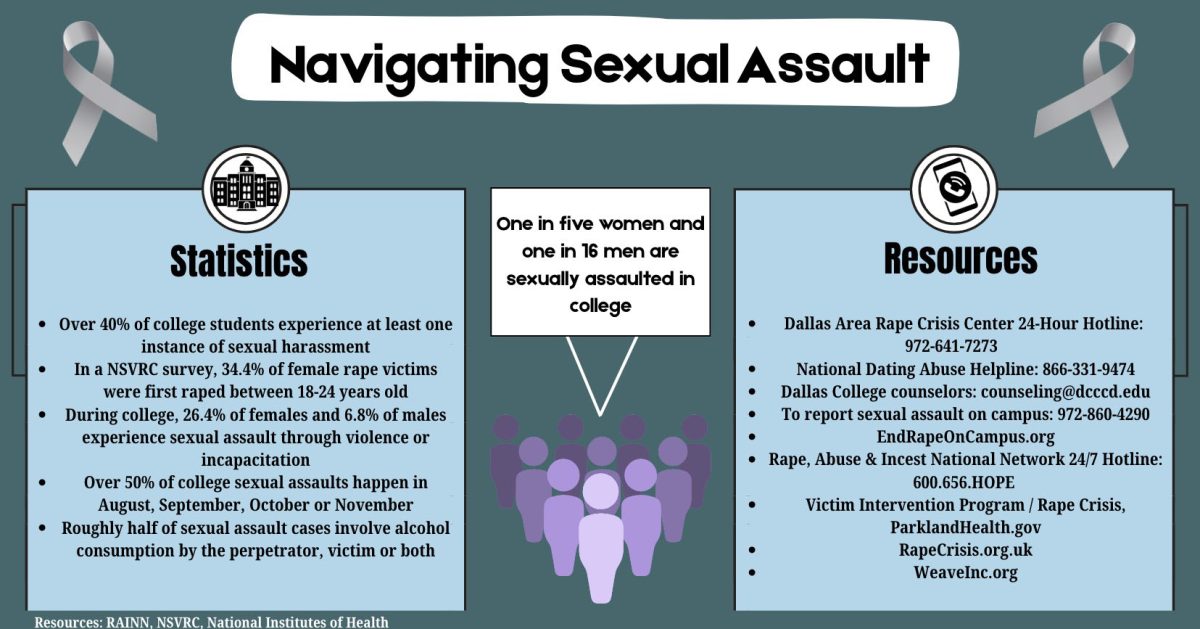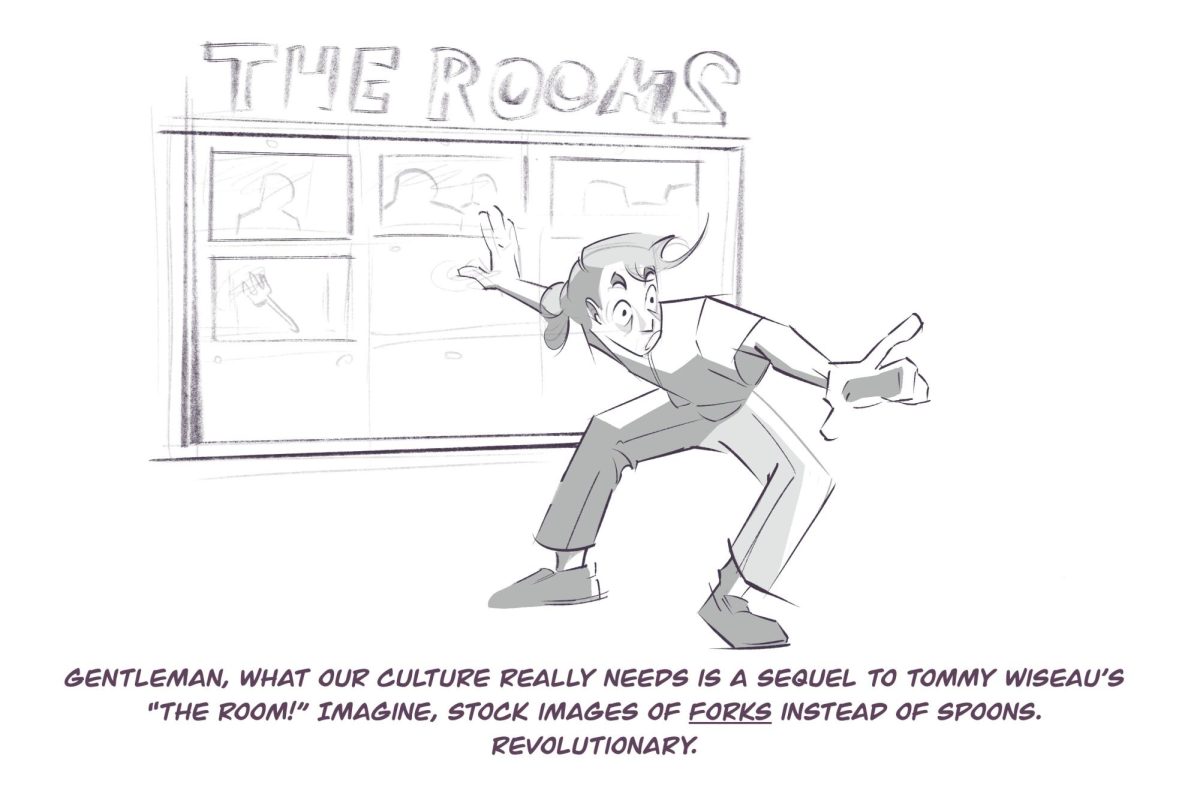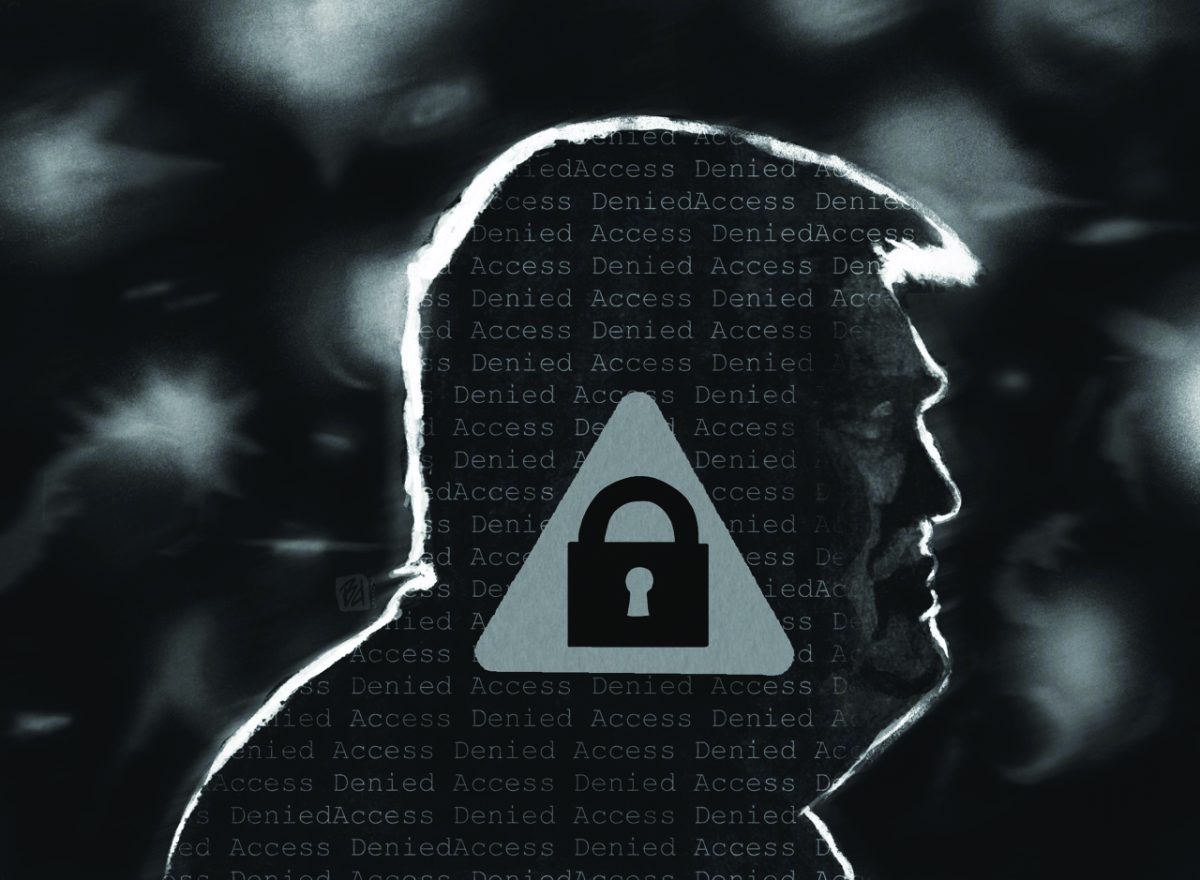By John C. McClanahan
Editorial Proofreader
Supporters of transgender rights recently hatched the #WontBeErased movement in response to the federal government’s threat to redefine millions of American identities. President Donald Trump’s administration is considering defining gender simply by the genitalia a person was born with rather than how they choose to identify, according to The New York Times.
Establishing gender identity is more complex than looking at what someone has between their legs, but many still believe in the traditional binary definition of gender, which is limited to male and female categories.
Opposition to transgender rights surfaced as society began to reexamine traditional policies and public accommodations, such as implementing gender-neutral bathrooms. According to the Public Religion Research Institute, or PRRI, 59 percent of Republicans believe transgender citizens should use bathrooms that correspond to their sexual orientation at birth.
However, the PRRI also reported that “53 percent of Americans oppose laws that would require transgender people to use bathrooms that correspond to their sex at birth rather than their current gender identity.”
Restricting gender categories to only male and female anywhere is narrowminded.
Gender identity is one of many components of human sexuality, according to the American Psychological Association. “Sexual orientation refers to an enduring pattern of emotional, romantic, and or, sexual attractions to men, women or both sexes,” according to the APA. “Sexual orientation also refers to a person’s sense of identity based on those attractions, related behaviors and membership in a community of others who share those attractions.”
Any proposed legislation to revert efforts placed by former President Barack Obama’s administration to loosen the legal definition regarding sexual orientation will hinder transgender progress.
The Department of Health and Human Services under Trump is reportedly trying to establish a legal definition for gender identities under Title IX, the federal civil rights law that bans gender discrimination in education programs that receive government financial assistance, according to The New York Times.
According to the DHHS, a person’s gender identity will be defined by the genitals they had at birth, regardless of how they behave, think or feel. The department argues that a uniform definition of gender identity is necessary for key government agencies, and anyone who disputes their label should have to submit to genetic testing, according to The New York Times.
It seems many officials in our federal agencies are ignoring the APA’s research on sexual orientation and erasing identities many have worked to openly establish. Now, many transsexual and non-binary individuals are courageously unveiling their true selves.
Consider the new attitudes about casting transgender actors and actresses in cinema and television – I’m not talking about Mrs. Doubtfire.
According to Good Morning America, producers announced The CW Network’s “Supergirl” will cast a transgender actress, Nicole Maines, in a transgender role, and just a week after Scarlett Johannsson dropped a role depicting a transgender man. Some are celebrating transgender peoples’ new place under the Hollywood spotlight.
“It’s a revolution,” Rain Valdez, a transgender actress, director and producer, said in an ABC News interview. “We have always been in this world, existing and thriving. It’s exciting to me that we’re finally asking for our seat at the table, to tell our stories because no one can tell them better than we can.”
With Hollywood rethinking its views on gender identity, I hope all of society can move past the Trump administration’s definition of gender, which could have come out of the mouth of a 1960s kindergartner. Transgenderism has been a part of American culture for years, and it’s only growing.






